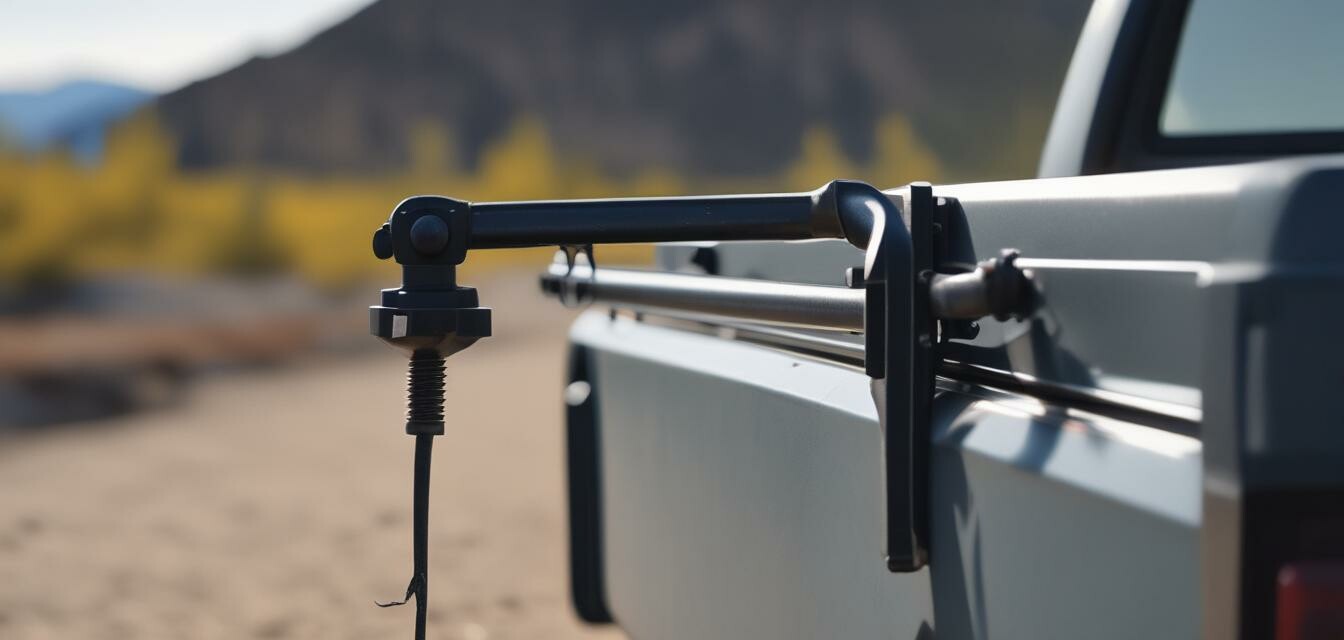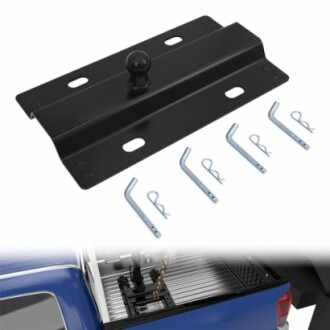
Tips for Using Gooseneck Hitches Safely
- Choose the right gooseneck hitch for your vehicle and needs.
- Ensure proper installation and regular maintenance of your hitch.
- Understand weight ratings and towing capacities to prevent accidents.
- Use safety chains and follow loading guidelines for maximum safety.
- Perform regular inspections before and during use to ensure functionality.
Gooseneck hitches are essential tools for towing heavy trailers, especially in agricultural and industrial applications. However, using them improperly can lead to accidents and damage. In this article, we'll explore the best practices and tips for safely using gooseneck hitches to ensure your towing experience is smooth and secure.
Understanding the Basics of Gooseneck Hitches
Before diving into safety tips, it's important to understand what a gooseneck hitch is and how it functions:
- A gooseneck hitch is a type of hitch that is mounted in the truck bed and provides a pivot point above the truck's rear axle.
- It allows for better towing performance, especially when navigating tight turns.
- Gooseneck hitches typically have a higher weight capacity compared to standard hitches.
Types of Gooseneck Hitches
| Type | Description | Best For |
|---|---|---|
| Fixed Gooseneck Hitches | Designed for heavy-duty towing, fixed gooseneck hitches are permanently mounted. | Towing large trailers, livestock, and equipment. |
| Removable Gooseneck Hitches | These hitches can be easily installed and removed, offering flexibility. | Multi-purpose use and convenience. |
| Articulating Gooseneck Hitches | Allows for greater movement and flexibility while towing. | Travel trailers and RVs. |
Safety Tips for Using Gooseneck Hitches
1. Choose the Right Hitch
Select a gooseneck hitch that suits your vehicle type and the intended weight of your trailer. Make sure the hitch is compatible with your truck:
- Consult your vehicle's manual for weight limitations.
- Check the gooseneck hitch’s weight rating, ensuring it meets your trailer requirements.
2. Installation Matters
Installation should be precise to avoid any potential detachment during use. Follow these steps:
- Read the installation manual thoroughly.
- Ensure all bolts and connections are tight and secure.
- For proper functionality, check that the hitch is level with the truck bed.
3. Regular Maintenance
Inspect your gooseneck hitch regularly for signs of wear or rust, especially if you use it frequently:
- Lubricate the hitch ball and coupler to facilitate smooth operation.
- Replace any damaged or worn components immediately.
4. Understand Weight Ratings
Exceeding the weight capacity is one of the most common mistakes when towing. Be mindful of:
- The Gross Trailer Weight Rating (GTWR) of your gooseneck hitch.
- The cargo weight of your trailer.
- Your tow vehicle's hitch rating.
5. Use Safety Chains
Connecting safety chains is crucial. Follow these tips:
- Attach the chains in a crisscross pattern to elevate the trailer in case of a disconnect.
- Ensure the chains are not too loose to prevent shifting during transport.
6. Perform Pre-Tow Inspections
Before every trip, conduct a quick safety check:
- Inspect the hitch connections and locking pins.
- Ensure that the trailer lights and brakes are functioning properly.
- Check tire pressure on both the truck and trailer.
Product Spotlight: Gooseneck Hitch
Universal 30,000 lbs Gooseneck Ball Plate
A durable gooseneck hitch adapter that fits all standard fifth-wheel rails, ensuring maximum towing capacity and reliability.
Learn MoreConclusion
Using gooseneck hitches can greatly enhance your towing capabilities when done safely. Following these tips, from selecting the right hitch to performing maintenance checks, will help ensure that your towing experience is secure and efficient. For further detailed insights, consider exploring our [Trailer Hitches guide](/resources/trailer-hitches) or our [Brake Controllers resources](/resources/brake-controllers).

